20 Awesome Images Found In Google Maps
The introduction of satellite images into map search interfaces has excited both virtual sightseers and local app developers. Further innovations like Google’s Street View have causedconsternation from privacy advocates while further pumping up the buzz about online mapping. In 2008, we can expect further innovations that stretch the envelope while dynamic map interfaces solidify as basic table-stakes for all local sites. In gearing up for this year in local search, I thought I’d give you a pure entertainment piece—here’s a guide to the top coolest things to see in Google Maps.
Yum! Brands, Inc.’s subsidiary, KFC, built this brilliant ad back in 2006, geared to be viewable by space aliens. It was purposefully built just off Extraterrestrial Highway, near Area 51:
I pointed out the swastika-shaped building below back in 2006, along with a few other map enthusiasts. In September of 2007, the U.S. Navy bowed to pressure from radio commentators and the Anti-Defamation League and agreed to change the building’s profile at a cost of $600k. In the media feeding-frenzy, I got accused of “costing the taxpayers $600k” on a few blogs and forums, and one or two flamewars broke out in the comments on my Flickr page.
Giant thumbprint in a park in Great Britain. This thumbprint is actually a large maze designed byChris Drury.
Evidence of drunken parking? This building in the Netherlands sports a Morris Mini parked on its side. The lights on the car turn on at night.
Yet more Minis parked on a building—this time the Minis are parked on top of a pub in Great Britain.
When all the satellite pics are stitched together to allow users to pan continuously in mapping programs, there are frequently some funky effects which can happen at transition edges. One common phenomenon is when two pics taken at different angles are spliced together, causing tall buildings and other structures to appear to be leaning sharply. This is called the “Escher Effect,” and this sample comes from downtown Dallas:
This is purportedly the largest Coca-Cola logo in the world, created near Arica, Chile, out of something like 70,000 coke bottles to commemorate the 100th anniversary of the company:
Back in January of 2007, Google publicly announced they were planning to send a plane over locations in Australia to update Google Maps images. Quite a few people attempted to communicate messages by displaying large text on the ground for the “Australia Day Flyover” as it was called, but very few actually accomplished it due to a miscommunication over the date of the flight. However, the Tourism Australia ministry managed it by paying a sand sculptor to form the letters of their domain name on Bondi Beach near Sydney:
“Giant pink bunny,” killed in a drive-by in Italy.
People are increasingly trying to get their messages seen in Google Maps satellite view, but most aerial messages already appearing in the pics were originally intended for people viewing from airplanes. For instance, this message written in a field adjacent to Offutt Air Force Base in Nebraska:
Some of the best-documented messages found in Google Maps have been marriage proposals like this one:
Another patriotic-themed image is this American flag found on a river bank in Pennsylvania:
Street View has raised all sorts of privacy concerns and people have taken great glee at pointing out people captured going into strip clubs, peeing in public, or doing various private activities. In this example, one of the traditionally photo-shy superheroes, the Green Lantern, is the one caught by the roving camera eye, looking out a shop window in Boston:
There are quite a few pictorial mazes that show up in Google Maps, particularly corn mazes and such in the US. This UK maze was built to celebrate the 200th birthday of Brunel, a famous British engineer:
There’s a whole subgenre of art called “Crop Art” that’s rendered in growing plants in patterns to form pictures when viewed from above. This example is a rendering of Da Vinci’s famous Vitruvian Man, located in Italy:
Similar to Crop Art, “Earth Art” or “Land Art” is created by moving or scraping soil and rocks to create images. This huge image from a hillside in Mongolia celebrates Ghenghis Khan:
When the early Greek inventor Daedalus’s son, Icarus, plummeted from the sky after his wax-and-feathers wings experiment failed, his body’s impact left this deep indentation crater which subsequently filled with water, leaving this man-shaped lake in Brazil:
A man with the surname of “Luecke” in Texas decided to write his name big by leaving these trees when he was clear-cutting the land. According to reports, astronauts are able to see these letters from space:
Quite a few companies promote themselves by painting their logos onto their building rooftops. This example is particularly clever, since the Salvation Army apparently realized they could leverage their building’s close proximity to the Seattle Seahawks Stadium and they’ll forever after enjoy free promotion whenever news organizations fly over when covering sporting events.
One thing that some people spend a whole lot of time doing is looking for UFOs and Crop Circles. Here’s a really great crop circle of the Mozilla Firefox logo – a brilliant piece of promotion and linkbait if there ever was one:
We promised 20 awesome images. Here’s a bonus one:
OK, we faked that one! That’s the Santa Clara Convention Center, where Search Engine Land’s first three day event covering all aspects of search marketing, including SEO and PPC –SMX West – we’ll be held. Hope to see you out there!

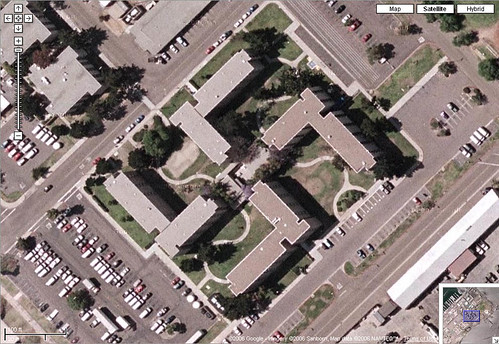





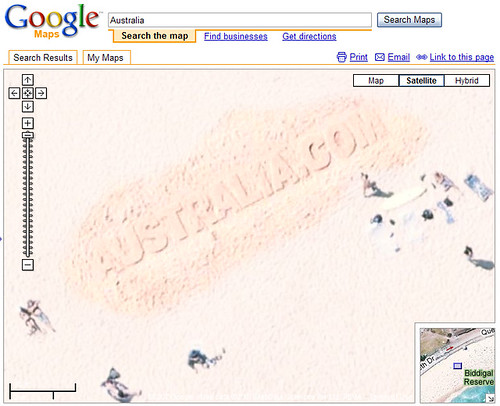


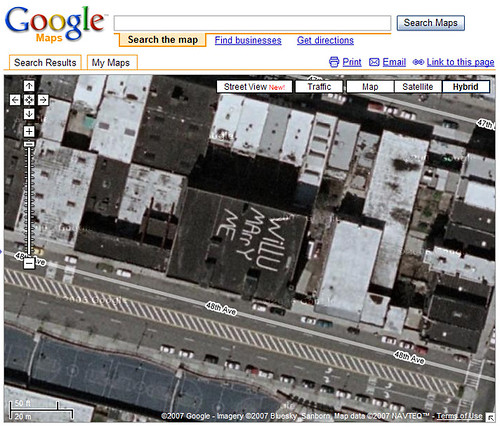







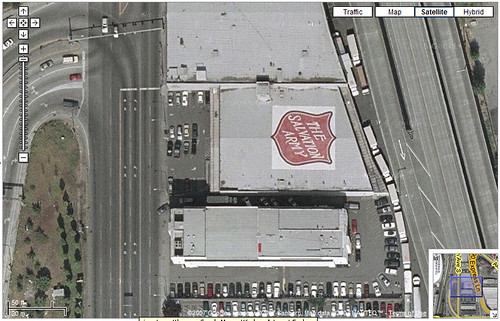
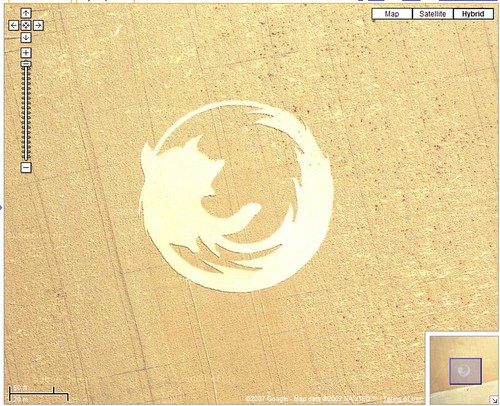

 Anda sedang membaca artikel berjudul
Anda sedang membaca artikel berjudul 










0 comments:
Post a Comment